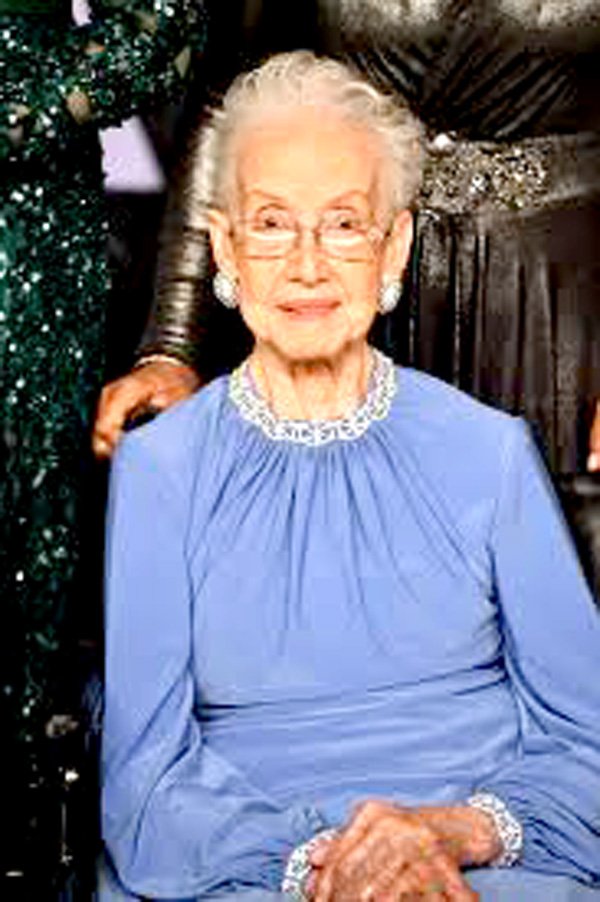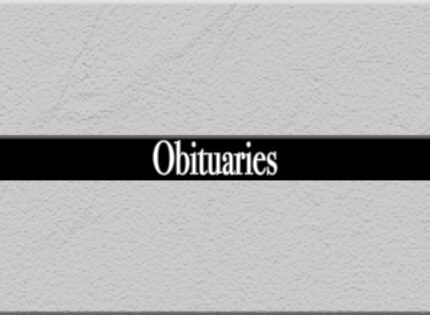Her immaculate calculations at NASA gave the precise trajectories that would let Apollo 11 land on the moon in 1969

Rosie Awori
They say that behind every great man there’s a great woman. Some may add, a woman who is three steps ahead.
Often, this is used in the context of power couples. But wielding a pencil and a love of numbers, Katherine Johnson, who died on February 24, was behind the success of great men in the world.
As a result of her mathematical mind, she helped plot the successful flight of Alan B. Shepard Jr., who became the first American to go into outer space aboard the Mercury spacecraft in 1961.
Johnson’s immaculate calculations provided the precise trajectory that allowed Apollo 11 to land on the moon in 1969 resulting in Neil Armstrong’s history-making moonwalk.
Born Aug. 26, 1918, in White Sulfur Springs, West Virginia, Johnson went on to graduate from West Virginia State College with highest honors in 1937, after attending graduate school and working as a public-school teacher.
In 1953, she was one of a handful of African American women hired to do computing in the guidance and navigation by what today is known as NASA’s Langley Research Center in Hampton, Virginia, but then was called the Langley Memorial Aeronautical Laboratory. She retired from the center in 1986.

Notwithstanding her 33-year career, Johnson, a Black woman, remained a “hidden figure” for much of her life. This changed in 2016 when her story was told in the movie Hidden Figures, based on Margot Lee Shetterly’s nonfiction book of the same title, which underscored how her impeccable calculations were the reason behind the successful navigation of many men.
As a child, Johnson has said in interviews she loved to count. Her father placed a premium on education and insisted all four of his children go to college, working overtime to pay for it. Johnson says this atmosphere was crucial to her success. “I was always around people who were learning something. I liked to learn.”
President Barack Obama awarded her the nation’s highest civilian honor, the Presidential Medal of Freedom, at a 2015 White House ceremony. “In her 33 years at NASA, Katherine was a pioneer who broke the barriers of race and gender, showing generations of young people that everyone can excel in math and science, and reach for the stars,” Obama is quoted as saying.
In a statement, the US space agency said: “We celebrate her 101 years of life and honor her legacy of excellence that broke down racial and social barriers.”















